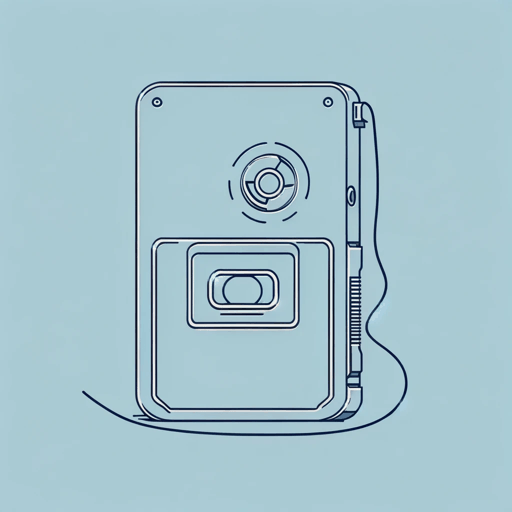24 pages • 48 minutes read
David SedarisGo Carolina
Nonfiction | Essay / Speech | Adult | Published in 2000A modern alternative to SparkNotes and CliffsNotes, SuperSummary offers high-quality Study Guides with detailed chapter summaries and analysis of major themes, characters, and more.
Literary Devices
Allusion
Sedaris uses an allusion to a crime show/spy thriller—the common diction, vernacular, and imagery—in his essay to convey his experience in a relatable way. The very first line begins the allusion: “Anyone who watches even the slightest amount of TV is familiar with the scene: An agent knocks on the door of some seemingly ordinary home or office” (1). Sedaris draws in his audience, as he knows that the spy lexicon is widely understood. Sedaris uses this language to paint Agent Samson as a cold, calculating manipulator out to condemn an innocent victim. Even the classroom is portrayed as a small, windowless interrogation room where bloodstains have most likely been covered up. Through this allusion, Sedaris compares the familiar feelings of tension, anxiety, and nervousness that typify a spy thriller to his plight as a fifth-grade student in speech therapy.
Conflict
The central conflict of the essay is David versus Agent Samson. David is the innocent 10-year-old who has a lisp and is just trying to hide his sexuality and live his life. Samson is the inexperienced speech therapist who’s trying to “correct” the lisps of the students she works with.
Related Titles
By David Sedaris

Calypso
David Sedaris

Dress Your Family in Corduroy and Denim
David Sedaris

Let's Explore Diabetes With Owls
David Sedaris

Me Talk Pretty One Day
David Sedaris

Naked
David Sedaris

Squirrel Seeks Chipmunk
David Sedaris

When You Are Engulfed in Flames
David Sedaris
Featured Collections
Coming-of-Age Journeys
View Collection
Community
View Collection
Contemporary Books on Social Justice
View Collection
Diverse Voices (High School)
View Collection
Education
View Collection
Essays & Speeches
View Collection
LGBTQ Literature
View Collection
Memoir
View Collection
Pride Month Reads
View Collection
YA Nonfiction
View Collection

